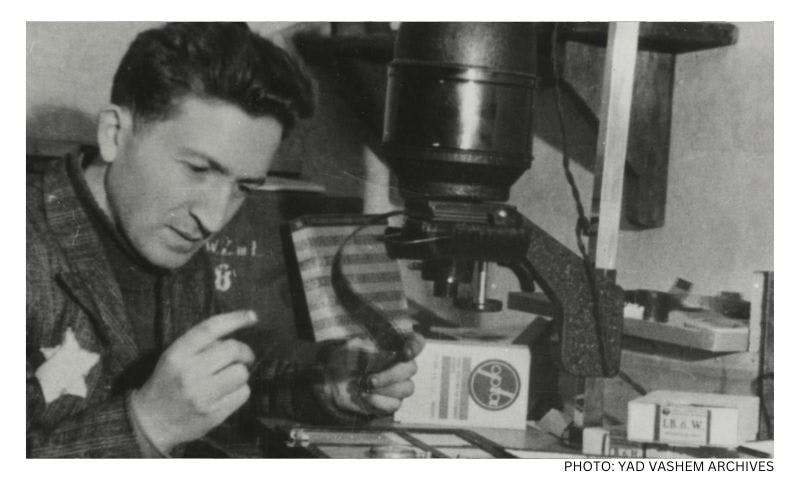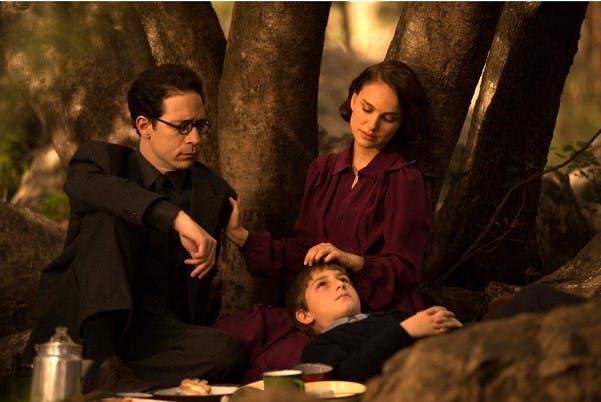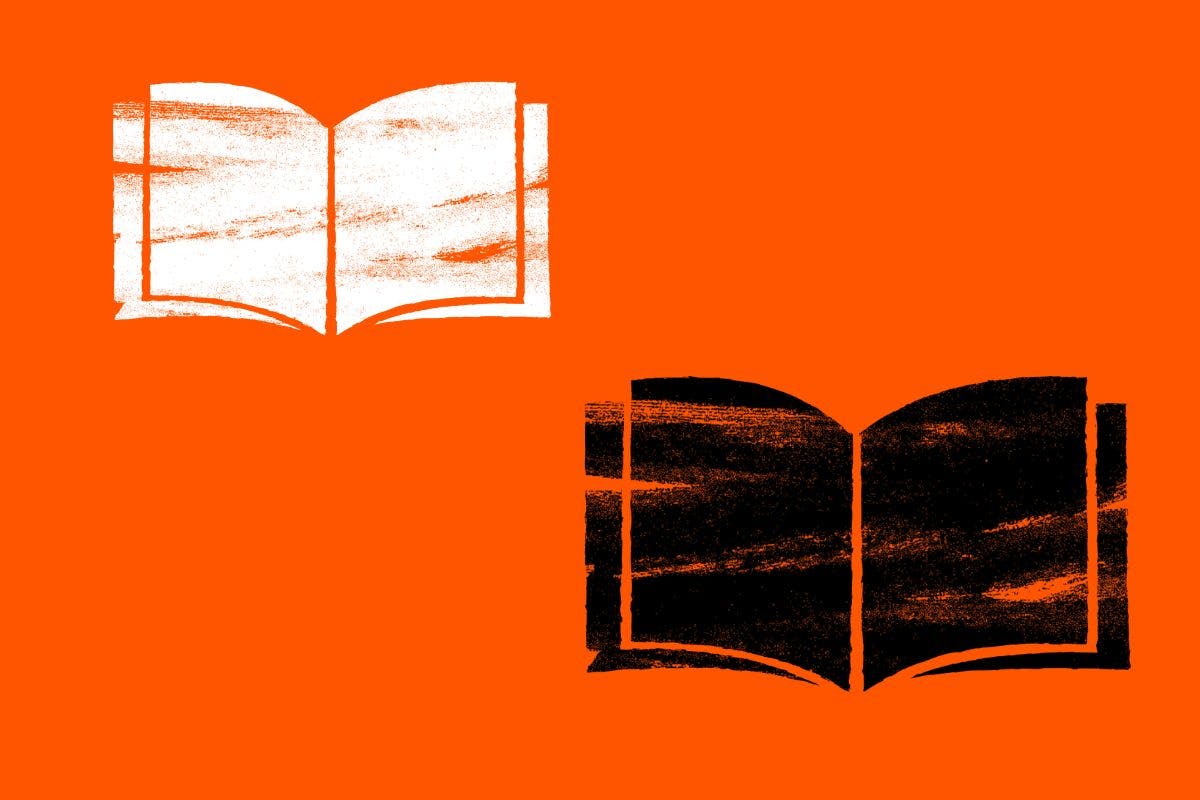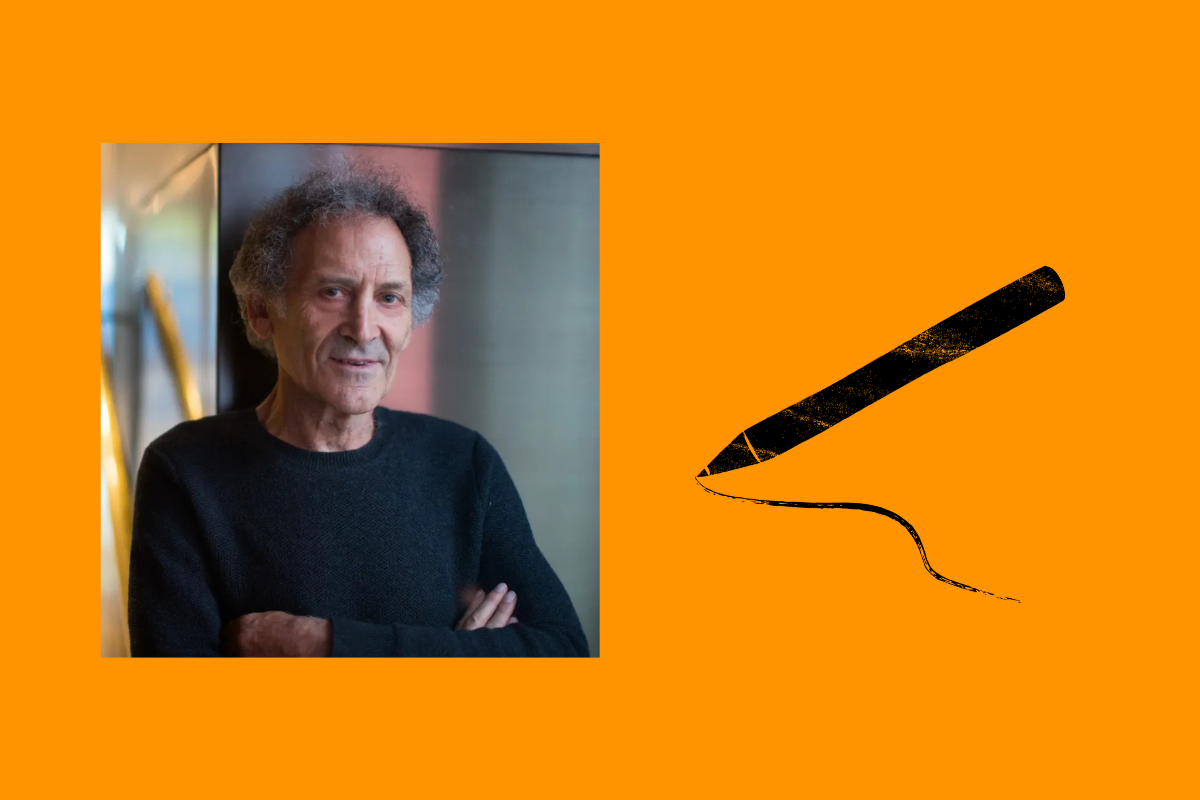Published: 21 April 2023
Last updated: 5 March 2024
Photographs were used both for propaganda and documentation in the Nazi era. The exhibition Flashes of Memory explores the medium's crucial role.
In times of rising antisemitism, and with the number of remaining Holocaust survivors rapidly dwindling, museums face the task of finding new ways to keep the public interested in learning about the difficult facts.
Flashes of Memory: Photography During the Holocaust is an exhibition that manages to successfully tie the past with the present. The Instagram generation, used to seeing well-curated self- optimisation photos that are perfectly staged and digitally enhanced through filters, will discover through this exhibition that photography during the Nazi era was already used as a tool to manipulate public opinion, but also served as essential documents of atrocities for later war crimes trials.
First shown at Yad Vashem in Jerusalem, "Flashes of Memory: Photography During the Holocaust" has left Israel for the first time and is showing at Berlin's Museum of Photography.
"The camera, with its manipulative power, has tremendous impact and far-reaching influence," Vivian Uria, director of the Yad Vashem Museums Division, said in 2018, when the exhibition first opened. While "photography pretends to reflect reality, it is, in fact, an interpretation of it," she said.
The three-part exhibition provides three different perspectives: through photographs taken by the Nazis, photos taken by Jewish photographers, and pictures taken by the soldiers of the forces that liberated Germany from the Nazis.
The exhibition demonstrates the imbalance between the overpowering mass media Nazi propaganda industry, including elaborately staged films by Leni Riefenstahl, and the efforts of a handful of people who risked their lives trying to provide a corrective.
Henryk Ross, who took photographs in the Lodz ghetto, is quoted as saying he was aware that his family members would be tortured and killed if he was caught taking pictures.
READ MORE
The diverse roles of photography during the Nazi era (DW)
Photo: The photographer Mendel Grossmann in his darkroom in the Lodz ghetto (Yad Vashem archives)




